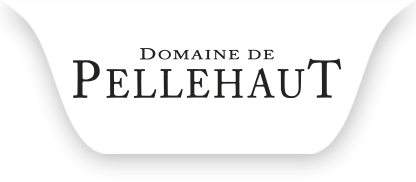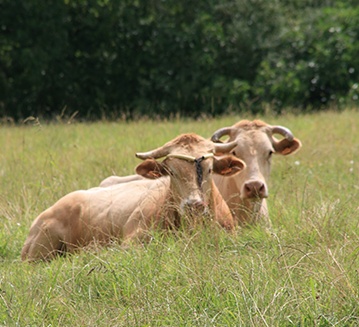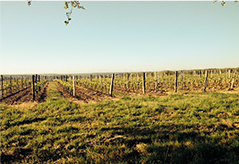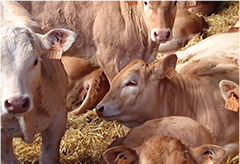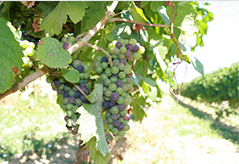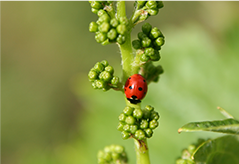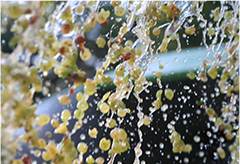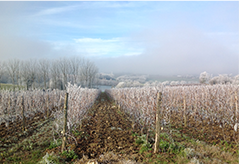One result of the Grenelle de l'Environnement process, HVE certification (HVE being the French acronym for “high environmental value”) is recognised by the French government in the same way as the AOP appellation of origin, Label Rouge quality certification and the organic farming label Agriculture Biologique. It is aimed at promoting and guaranteeing environmentally friendly farming practices by farmers. Based on stringent specifications, it is subject to inspection by independent accredited certification bodies.
Of the 500,000 farms that exist in France today, 8,000 are working to obtain in HVE certification and have opted for integrated farming methods.
The Pellehaut estate is among the first 300 farms to have obtained the highest level of HVE certification: level 3.This involves the obligation to achieve a certain number of targets concerning:
|
|
Having applied environmentally respectful methods for many years, by obtaining HVE certification the estate has gone one step further, positioning itself as a modern, model family farming business.
At the same time, it has invested heavily to limit its impact on the environment and reduce energy consumption. These include: precise traceability of all viticultural and cereal-growing inputs, the construction of wastewater treatment facilities to process winery and viticultural effluents before releasing them into the environment, application of the Bilan Carbone method, energy auditing, etc.
Pellehaut and the environment in figures
- 99% of the fodder of the 60 Blondesd’Aquitaine cows on the estate is produced on the farm
- 25km of hedges and wooded zones divide up our vine parcels, fields and meadows, constituting a genuine “green infrastructure”.
- For more than 50 years the vines have been fertilised by a mixture of dung from the cattle and grape pomace.This organic matter has helped maintain microbial life in the soil with extensive presence of an atypical biodiversity (including ancestral worms!)
- 14% of the farm’s land is classed as an ecological focus area.This comprises the fallow land, the borders of water courses, and the trees and groves in the middle of cereal fields.
- The estate is located at the centre of two natural areas of ecological interest for fauna and flora, called ZNIEFFs (Zones Naturelles d'Intérêt Ecologique pour la Faune et la Flore):
- “Old oaks, cork oak, Montreal heath”
- “Broc Blanc heath, Montreal”
